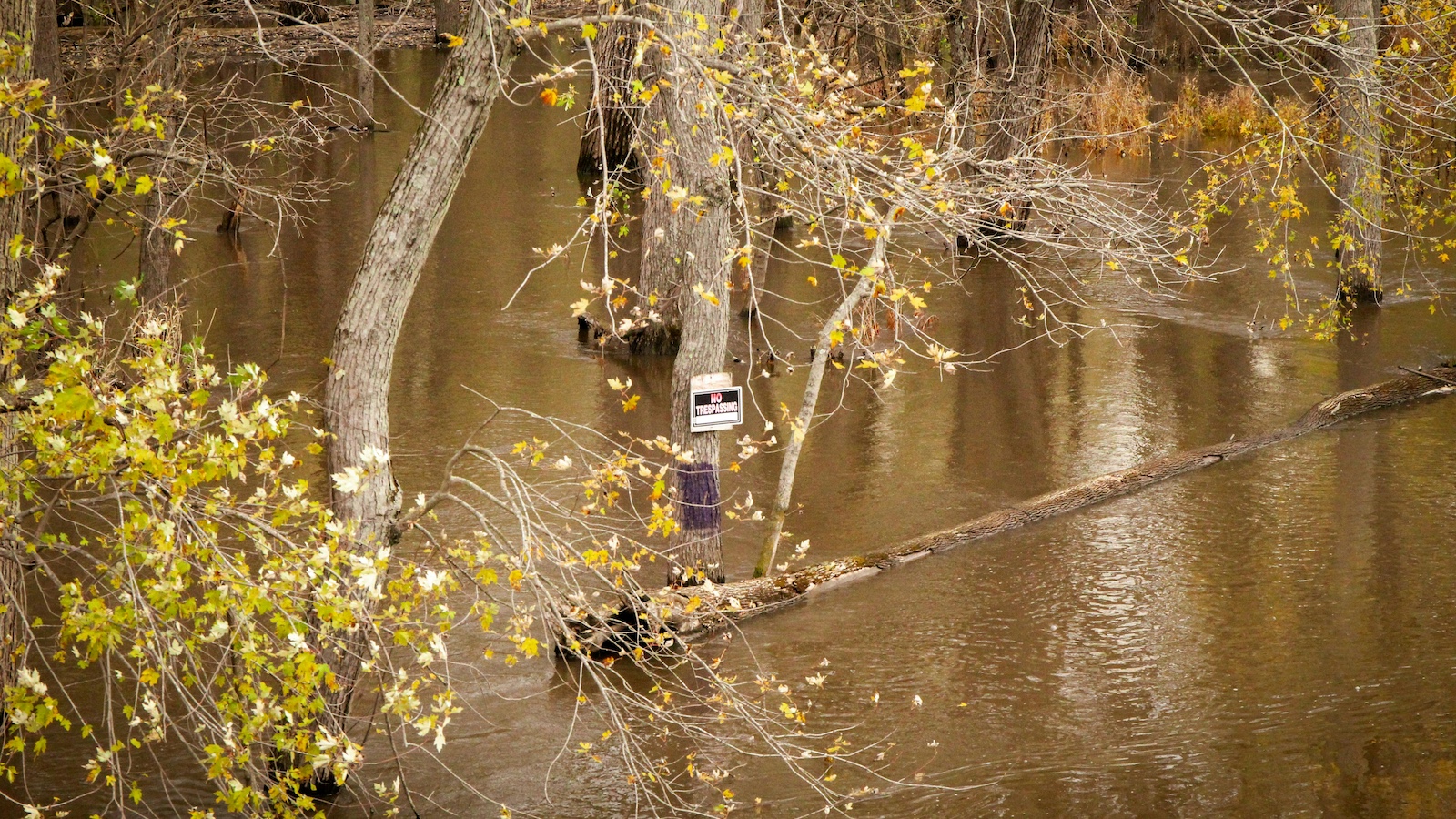The property insurance industry has been steadfast in its position that COVID-19 does not constitute a “risk of direct physical loss,” the coverage trigger for business interruption (BII) coverage under the Insurance Services Office (ISO) “Special Causes of Loss” property form.
However, this position raises the question: If a virus does not pose a “risk of direct physical loss,” why did the ISO (the same group that drafted this insuring agreement) feel a need to develop form CP 01 40 07 06 titled "Exclusion of Loss Due to Virus or Bacteria," which specifically excludes coverage for “loss or damage caused by or resulting from any virus”?
This ISO coverage trigger provides broad coverage that, once triggered, is only modified by policy exclusions or limitations. That is, once there is a “risk of direct physical loss” to covered property, unless that cause of loss is excluded, it's covered. While there have been numerous court decisions discussing this language, each with twists and turns due to the specific fact patterns of each case, the consensus is that, if the interruption of business is caused by some physical problem with the covered property, coverage is triggered. Then, barring any exclusion or limitation removing or otherwise limiting coverage, the claim should be paid.
The insurance industry standard practice is to “read in” coverage wherever possible. That is, if there is a reasonable way to evaluate the policy language that triggers coverage, the insured is entitled to receive the benefit of the policy. Or, as stated in a well-respected industry text used to educate adjusters: “Therefore, the claim representative’s chief task is to seek and find coverage, not to seek and find coverage controversies or to deny or dispute claims.” “The insurance company should not place its interests above the insured’s.” “The claim professional handling claims should honor the company’s obligations under the implied covenant of good faith and fair dealings.”
While the industry argues that the drafters never intended to cover catastrophic economic loss caused by a pandemic, this argument falls flat and appears to be merely an attempt to prevent payment for otherwise covered claims. While most policies do in fact exclude “loss or damage caused by or resulting from any virus,” some do not. In fact, policies without a virus exclusion might have been purchased based solely on the lack of that or similar exclusionary endorsements. In short, not including a virus exclusion on these policies gave these insurers a competitive advantage by providing, or through a perception that they were providing, superior coverage.
The insurance industry seems to be grasping at straws by relying on court decisions that are not exactly on point. For example, one ruling used to argue against coverage is that dirt (which can be easily cleaned) does not constitute direct physical loss or damage. Of course, dirt is not inherently dangerous, usually does not result from a fortuitous event and does not usually cause harm. The same can’t be said of COVID-19. I have also seen an unpublished Sixth Circuit Court of Appeals opinion that addressed mold damage to a landlord’s property, distinct from the named insured “covered property,” argued as a case that somehow supports the position that a virus is not direct damage.
While there are indeed many commercial property insurance policies that do not provide coverage for COVID-19 BII claims due to virus or other similar exclusionary language, the courts will no doubt eventually find coverage under policies without such limitations or exclusions, or under policies with exclusionary language that is not on point, or that is poorly drafted.
Part of the problem is that the phrase "direct physical loss" is not defined in these policies, and even industry experts agree that “when the intent is for the policy to be triggered only by direct physical loss or damage, the language may need to be clearer. To say that a policy covers direct physical loss or damage to covered property from "risks of direct physical loss or damage" may be ambiguous.” And “whether the policy grants coverage for "all risk," "all risks" or "risks" of direct physical loss, this language is intended to mean that coverage is provided for direct physical loss or damage from all perils or causes of loss, unless the peril or cause of loss is specifically excluded or limited in the policy. However, when applied to property loss exposures, the phrase "risks of direct physical loss" could be interpreted to mean the chance or possibility of direct physical loss or damage, whether any property damage ever occurs or not.”
Consider this International Risk Management Institute (IRMI) definition:
Direct Damage — physical damage to property, as distinguished from time element loss, such as business interruption or extra expense, that results from the inability to use the damaged property.
In other words, loss of use caused by some physical problem with the covered property constitutes direct physical loss or damage.
See also: How Startups Will Save Insurance
Also consider the industry definition of property damage from the standard Commercial General Liability coverage form (in pertinent part):
- "Property damage" means:
- Physical injury to tangible property, including all resulting loss of use of that property. All such loss of use shall be deemed to occur at the time of the physical injury that caused it; or
- Loss of use of tangible property that is not physically injured. All such loss of use shall be deemed to occur at the time of the "occurrence" that caused it.
So, the analysis, when evaluating this coverage trigger should be: Did COVID-19 cause some physical problem that interrupted the business?
This can be an even easier analysis when evaluating coverage for Civil Authority or Ingress Egress, as many times these insuring agreements do not require “direct physical loss or damage,” only “damage.”
Clearly, mold constitutes physical loss, and courts have regularly held that “direct physical loss can exist without actual destruction of property or structural damage to property; it is sufficient to show that the property is injured in some way."
Some courts have ruled that the term "physical damage" includes "loss of access, loss of use and loss of functionality," and one court even ruled that government regulations rendering cereal unfit for sale was "an impairment of function and value," constituting "direct physical loss or damage” since even “without the actual destruction of property or structural damage to property it is sufficient to show that the property is injured in some way."
In recent decisions arising from COVID-19, courts have already ruled that COVID-19 qualifies as a “natural disaster,” just like any “hurricane, tornado, … or other catastrophe which results in substantial damage to property, hardship, suffering or possible loss of life,” and since “the risk is, essentially, everywhere,” any “order to implement social distancing aimed at reducing this risk, policyholders have suffered a 'direct physical loss' of their property.”
The outcry from business owners is understandable because their livelihoods are at stake, but I fail to understand the insurance industry's solidarity and forceful rejection of these claims when some insurers made the conscious decision not to include virus exclusion on their policies, giving them a competitive advantage.
In an early sign of what I predict is coming, a French court recently found coverage for BII under AXA property policies for COVID-19. Reportedly, “Although AXA first signaled that it would appeal the ruling, it now has agreed to pay the claims involved in the lawsuit as well as other coronavirus claims involving similar policies, acknowledging that the insurance policy wording at issue is ambiguous. AXA’s admission that its policy is ambiguous is important as ambiguous policy language is generally construed in favor of coverage; AXA’s decision to pay is the correct one.”
If one merely steps back and asks: Is it reasonable for a business to assume that it has coverage for its COVID-19-related BII claim when its property insurance policy does not contain a virus exclusion? The answer has to be, yes. While an insured has an obligation to read the policy, if after reading it and not finding a virus exclusion shouldn’t the insured be able to have an “objectively reasonable expectation” of coverage? “Although all-risk policies do generally extend to all fortuitous losses, this is true only to the extent that the policy does not expressly exclude the loss from coverage. . . .
For example, courts “have consistently held that the presence of a dangerous substance in a property constitutes ‘physical loss or damage,'” and at least one court found that an odor constitutes physical loss even without any "apparent" property damage. Interestingly, in that decision, the court ruled that while "the mere adherence of molecules to porous surfaces, without more, does not equate to physical loss or damage," coverage would be triggered “if the molecules on porous surfaces are accompanied by a pervasive, persistent, or noxious odor.” From a coverage evaluation standpoint, there is really little difference between an odor stemming from molecules on porous surfaces and a virus on surfaces causing loss of use due to its harmful nature.
The bottom line is that if an insurance company truly intended to exclude coverage for virus-related BII, Civil Authority and Ingress/Egress claims, there were ISO forms or language readily available for use that could have been placed on the policy.
See also: ML for Commercial Property Insurers
Where a policy has a valid and well-written virus exclusion, the insurer should feel free to deny coverage after conducting some minimal investigation to confirm that COVID-19 is the efficient proximate cause of loss, but insurers should think twice before denying coverage under policies without such exclusions and keep in mind that industry standards require that insurers never place their own interests ahead of the insureds’.
Underwriting departments make informed business decisions when evaluating what endorsements to include or not to include on polices. Because a policy lacking a virus exclusion may be viewed by a risk manager as one of the factors leading to a determination that a particular policy provides superior coverage, insurers not using virus (or similarly effective) exclusions need to honor the terms of the insurance contract, and the insurance industry needs to recognize the important distinction between policies that include virus exclusions and those that do not.







